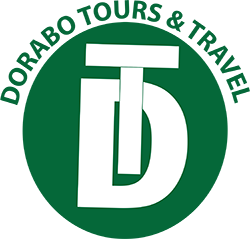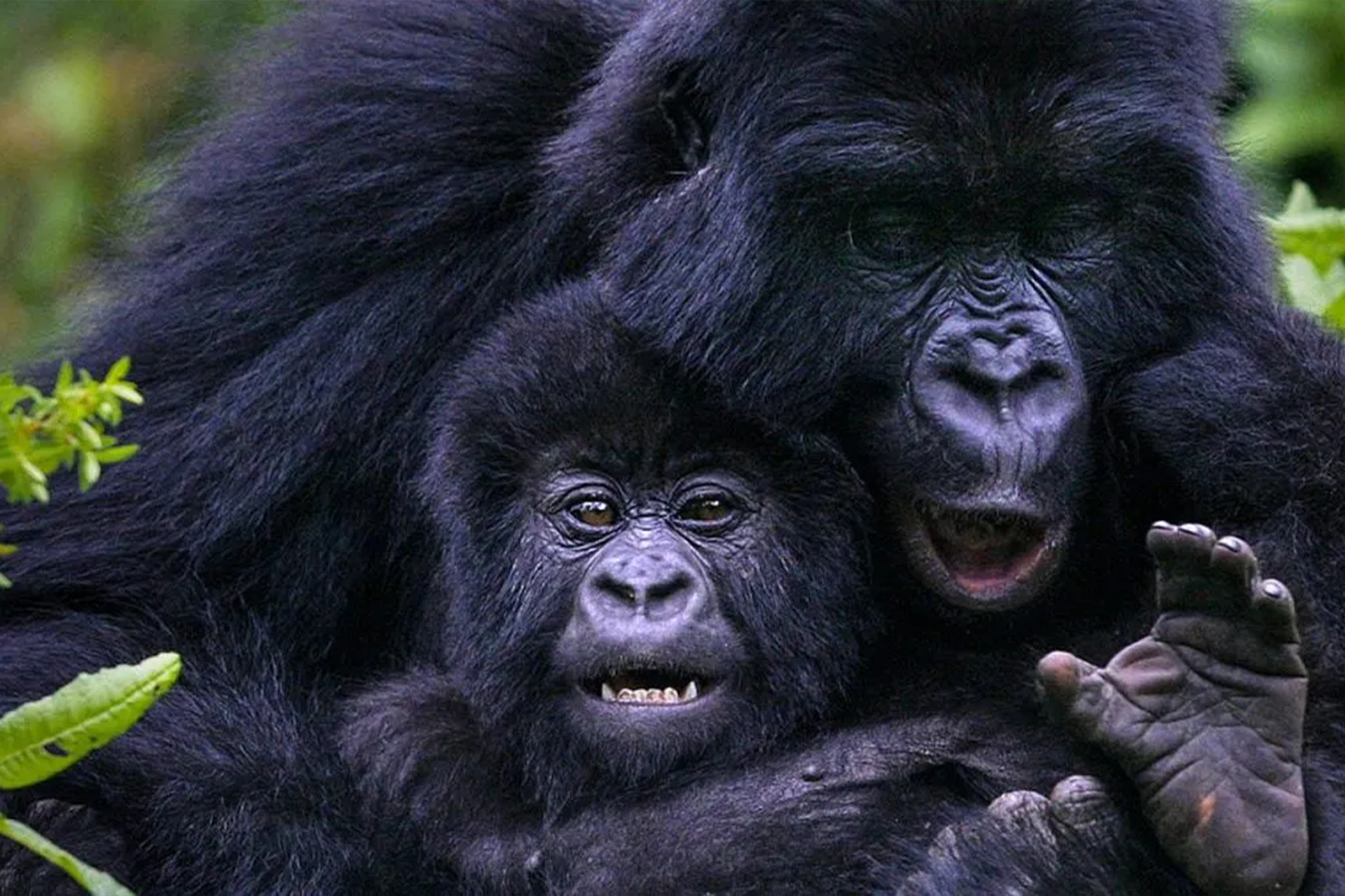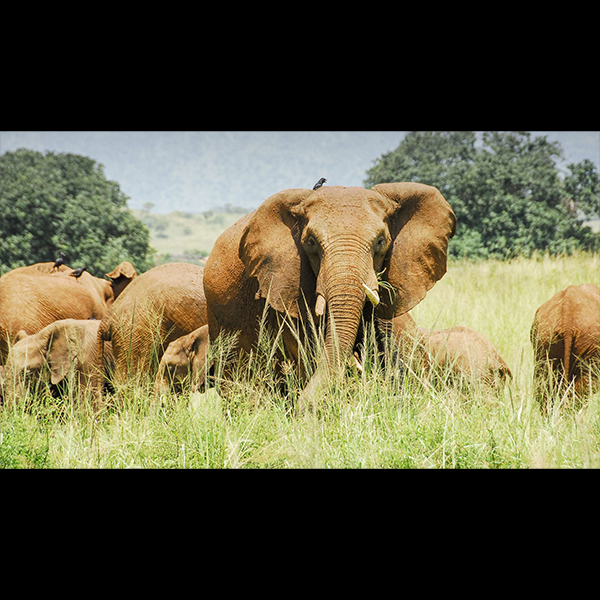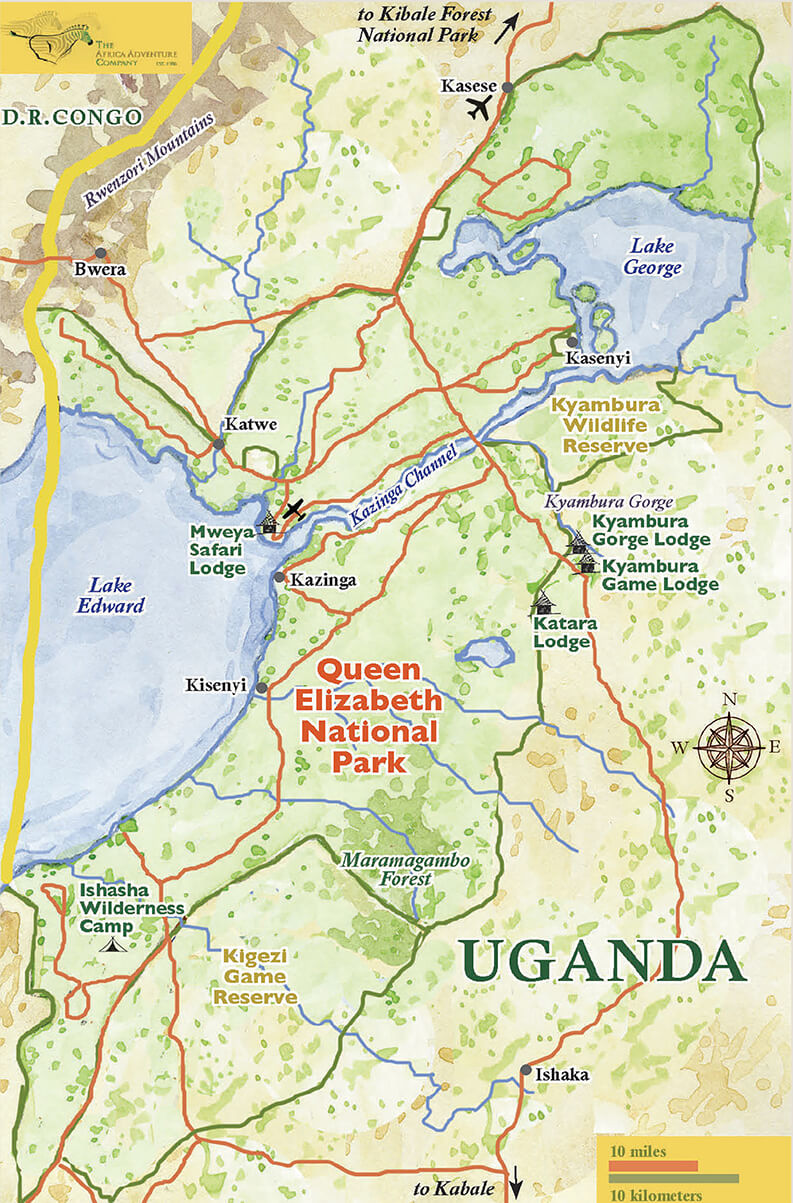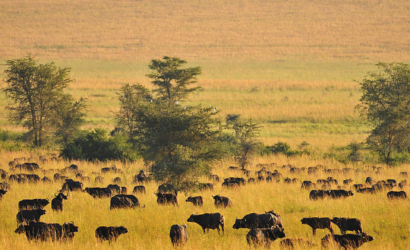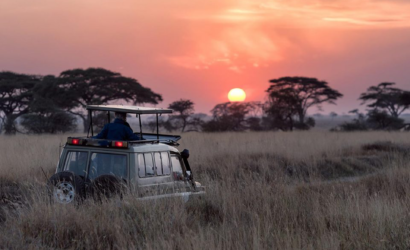Queen Elizabeth National Park is the most popular savanna park in Uganda and the best place to see lions including the Tree Climbing lions making it the perfect destination for a Uganda Wildlife Safari. It prides in a great diversity of habitats that include: lakes, savannah grasslands, forests and wetlands that serve as home to the biggest variety of large mammals in the country. Queen Elizabeth National Park is the most popular savanna park in Queen Elizabeth National Park (QENP) is in the Western Region of Uganda, spanning the districts of Kasese, Kamwenge, Rubirizi, and Rukungiri. The park is approximately 400 kilometres (250 mi) by road south-west of Kampala, Uganda’s capital and largest city.[2]The city of Kasese lies to the northeast of the park, while the town of Rubirizi is to the southeast.[citation needed] The park adjoins Kyambura Game Reserve to the east, which itself adjoins the Kigezi Game Reserve (including the Maramagambo Forest) and thus the Kibale National Park to the northeast. The Virunga National Park in the Democratic Republic of the Congo lies across the border to the west. Together, these protected places completely encircle Lake Edward. The Rwenzori Mountains National Park in Uganda lies not far to the northwest.[3] Confusingly, during the 1970s and 1980s, Western conservationists usually referred to the park as Rwenzori National Park.Uganda and the best place to see lions including the Tree Climbing lions making it the perfect destination for a Uganda Wildlife Safari. It prides in a great diversity of habitats that include: lakes, savannah grasslands, forests and wetlands that serve as home to the biggest variety of large mammals in the country.
Overview
Queen Elizabeth National Park is the most popular savanna park in Uganda and the best place to see lions including the Tree Climbing lions making it the perfect destination for a Uganda Wildlife Safari. It prides in a great diversity of habitats that include: lakes, savannah grasslands, forests and wetlands that serve as home to the biggest variety of large mammals in the country.
